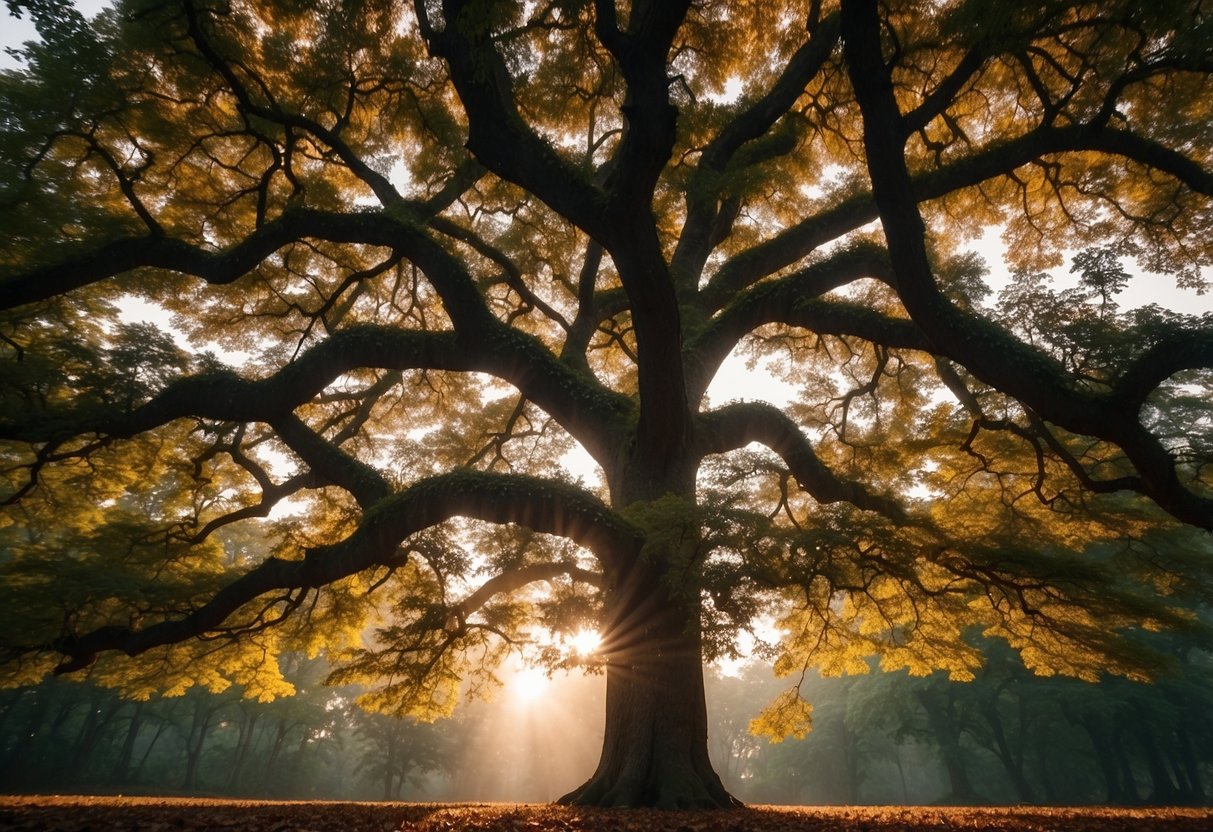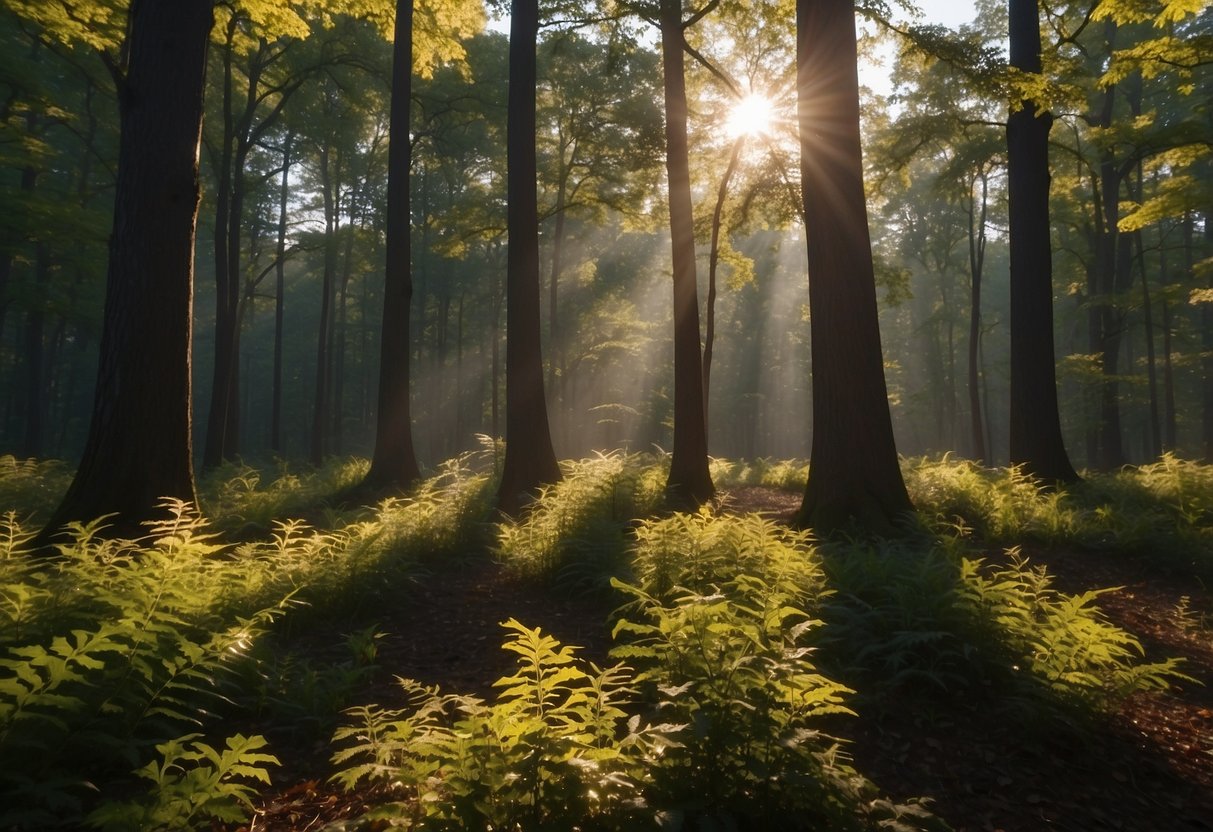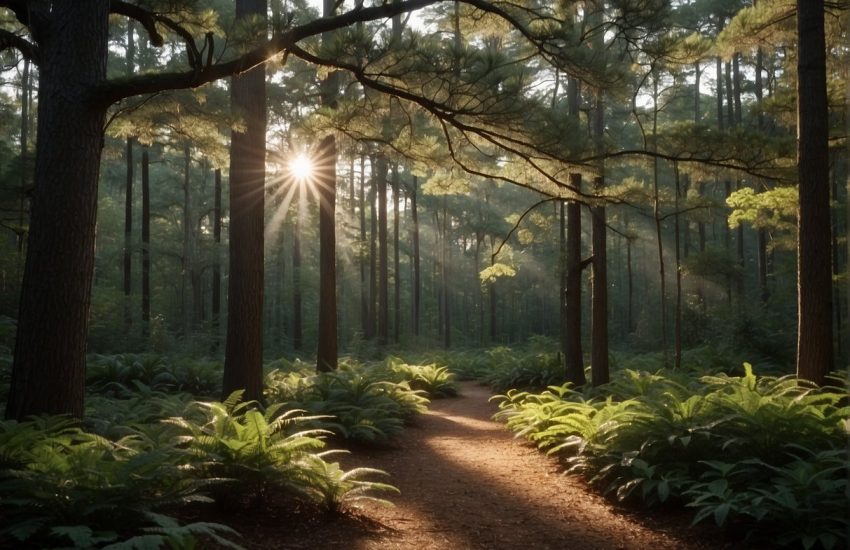Red Oak Tree Pros and Cons: Exploring the Benefits and Drawbacks of Planting a Red Oak Tree in Your Yard
Red oak trees are a popular choice for landscaping due to their stately appearance and ease of care. They are native to North America and can be found in the eastern and central United States, as well as southeast and south-central Canada. The northern red oak (Quercus rubra) is a member of the red oak group and is one of the most commonly used landscaping oaks in its native range.

One of the main pros of the red oak tree is its fast growth rate. It can grow up to 3 feet per year, making it an excellent choice for those looking to add shade and beauty to their landscape quickly. Additionally, red oak trees are known for their tolerance of urban conditions, making them a great choice for city dwellers looking to add greenery to their surroundings.
However, there are also some cons to consider when it comes to red oak trees. One of the main drawbacks is their susceptibility to oak wilt, a fungal disease that can be fatal to the tree. It is important to take preventative measures to protect your red oak tree from oak wilt, such as avoiding pruning during the growing season and keeping the tree healthy with proper watering and fertilization.
Pros of Red Oak Trees
Red oak trees have many benefits that make them a popular choice for landscaping and forestry purposes. In this section, we will discuss the aesthetic and environmental benefits, growth and adaptability, and wildlife support and landscaping advantages of red oak trees.
Aesthetic and Environmental Benefits
Red oak trees are known for their beauty and aesthetic appeal. They are a popular choice for landscaping because of their vibrant color and fall foliage. The leaves of the red oak tree turn a deep red or burgundy color in the fall, making it an attractive addition to any landscape.
In addition to their aesthetic appeal, red oak trees have several environmental benefits. They are shade trees, which means they can provide a cool and comfortable environment during hot summer months. They also help to reduce air pollution by absorbing carbon dioxide from the atmosphere.
Growth and Adaptability
Red oak trees are fast-growing and can reach heights of up to 80 feet. They are hardy and can adapt to a wide range of soil conditions, making them suitable for many different types of landscapes. Red oak trees prefer full sun but can tolerate partial shade.
Red oak trees are also adaptable to different soil types, including clay, loam, and sandy soils. They can tolerate drought conditions and are resistant to many diseases and pests.
Wildlife Support and Landscaping Advantages
Red oak trees provide many benefits to wildlife. They produce acorns, which are a valuable food source for birds, squirrels, and deer. Red oak trees also provide habitat for many different species of wildlife, making them an important part of the ecosystem.
In addition to their wildlife support, red oak trees have many landscaping advantages. They can be used to create a natural and beautiful landscape, and they can be planted as a windbreak or privacy screen. Red oak trees also have a long lifespan and can provide shade and beauty for many years.
Overall, red oak trees have many pros that make them a valuable addition to any landscape. Their strength, durability, and hardiness make them a popular choice for both homeowners and forestry professionals.
Cons of Red Oak Trees

Red Oak trees are not without their drawbacks. While they offer many benefits, there are several cons to consider before planting them.
Maintenance and Care
Red Oak trees require regular maintenance and care to thrive. They need to be pruned regularly to remove dead or damaged branches and to maintain their shape. Overgrown branches can become a hazard during storms and high winds. Proper watering, fertilization, and mulching are also essential for the tree’s health and growth.
Pests and Diseases
Red Oak trees are susceptible to several pests and diseases. One of the most significant concerns is oak wilt disease, which can quickly spread and kill entire trees. The disease is caused by a fungus that infects the tree’s vascular system, hindering its ability to transport water and nutrients. Defoliation, or the loss of leaves, is a common symptom of oak wilt disease. Red oak trees are more susceptible to this disease than other oak species.
Insects and beetles can also damage red oak trees. The two-lined chestnut borer and the red oak borer are two of the most common pests that attack red oak trees. These insects bore into the tree’s trunk, causing damage to the inner bark and disrupting the tree’s ability to transport water and nutrients.
Space and Infrastructure Considerations
Red Oak trees can grow up to 80 feet tall with a canopy spread of up to 50 feet. This makes them unsuitable for small yards or areas with limited space. Their root system can also be invasive, causing damage to sidewalks, driveways, and other infrastructure. They can also be messy, shedding leaves, acorns, and catkins throughout the year.
When planting a red oak tree, it is essential to consider its mature size and the space it will require. It is also important to choose a location that is well-drained and receives adequate sunlight. Red oak trees prefer well-drained soils and do not tolerate wet or poorly drained soils.
In summary, while red oak trees offer many benefits, they also come with several cons. Proper maintenance and care, along with pest and disease control, are essential for the tree’s health and growth. It is also important to consider the tree’s mature size and space requirements before planting.


